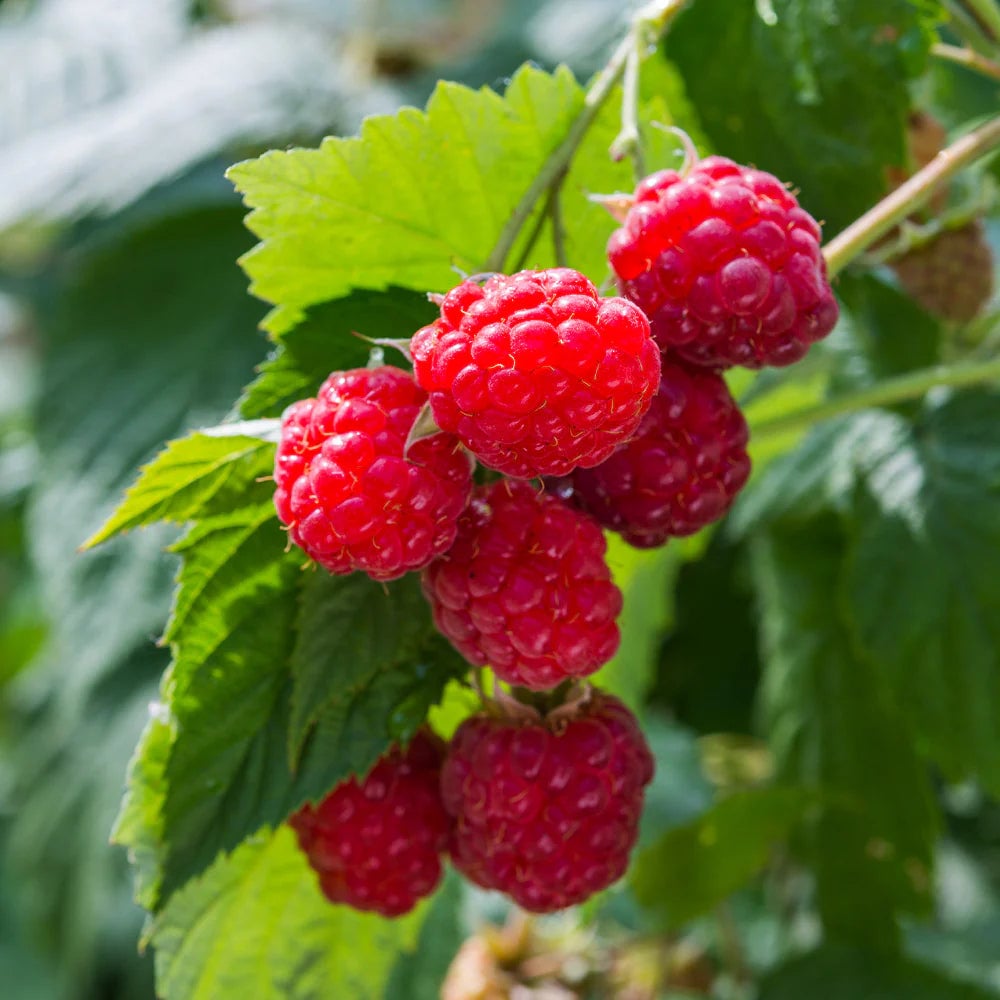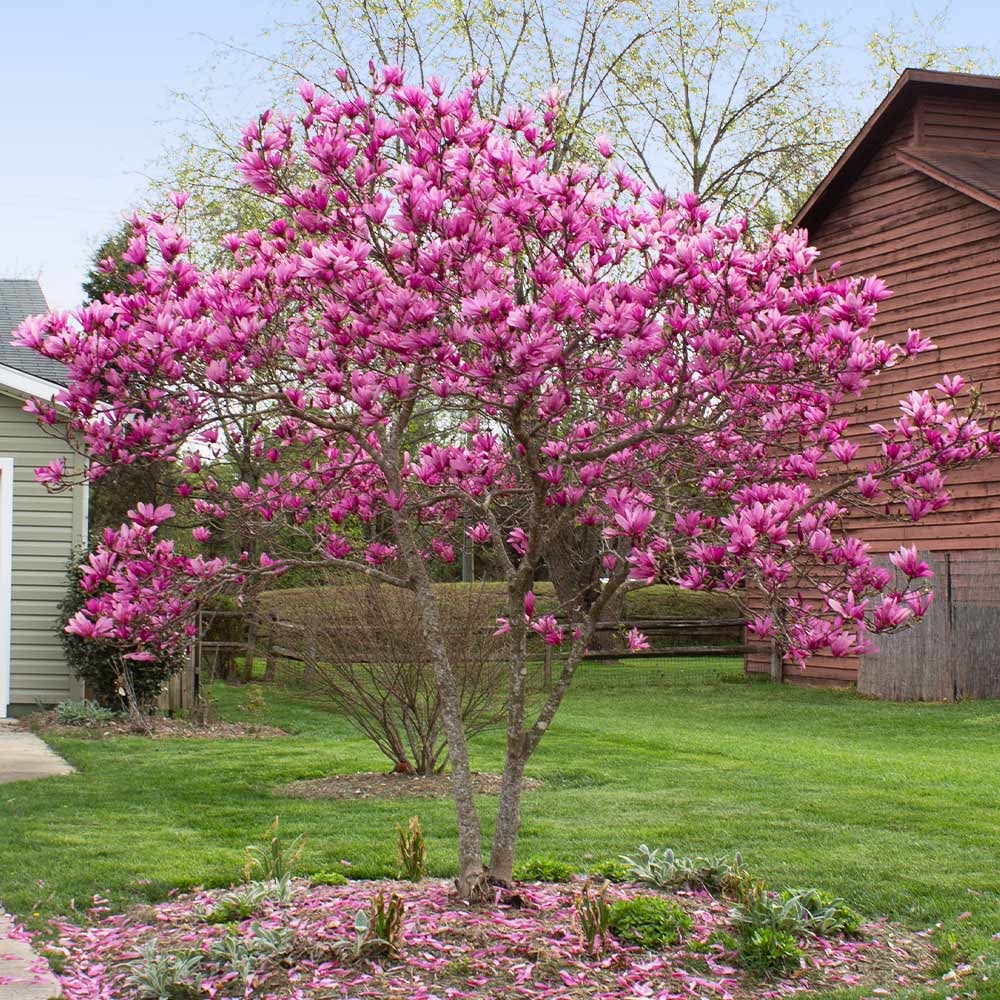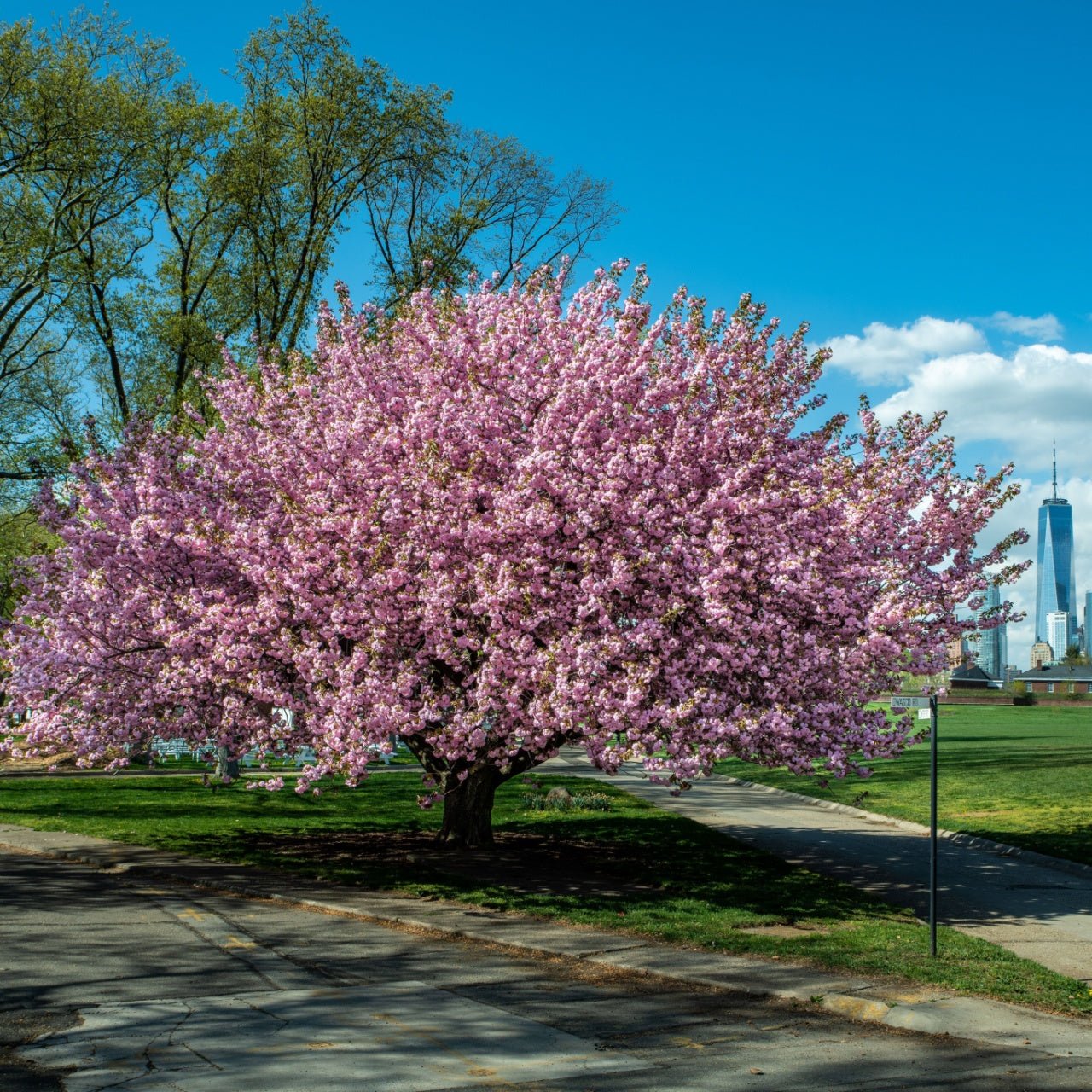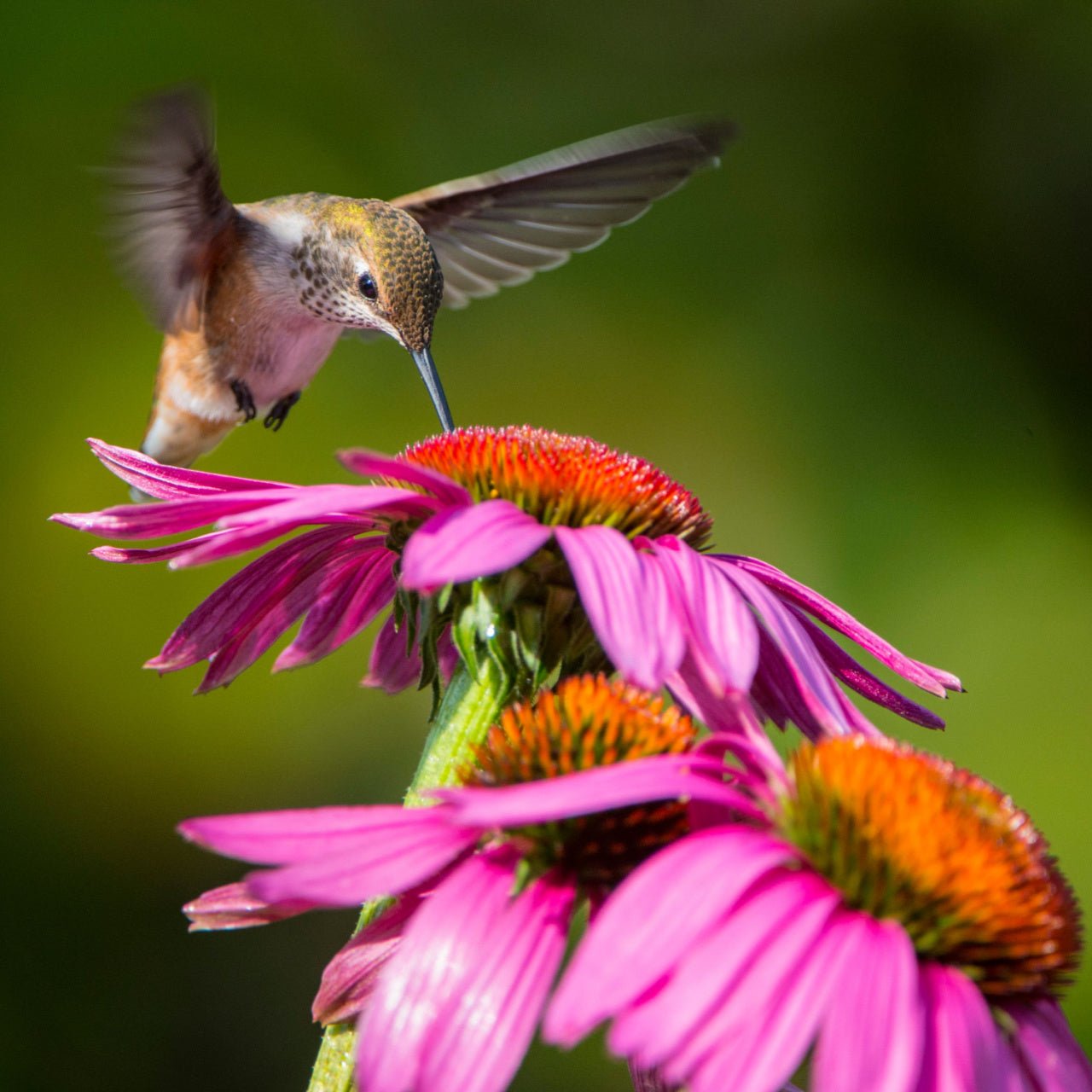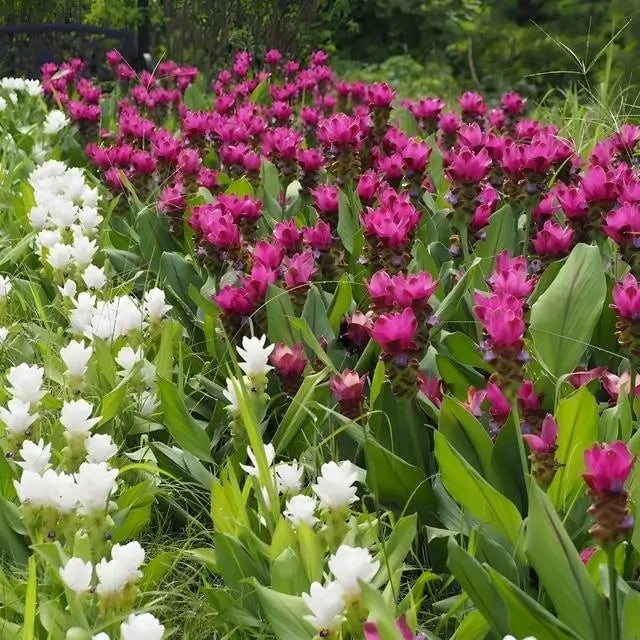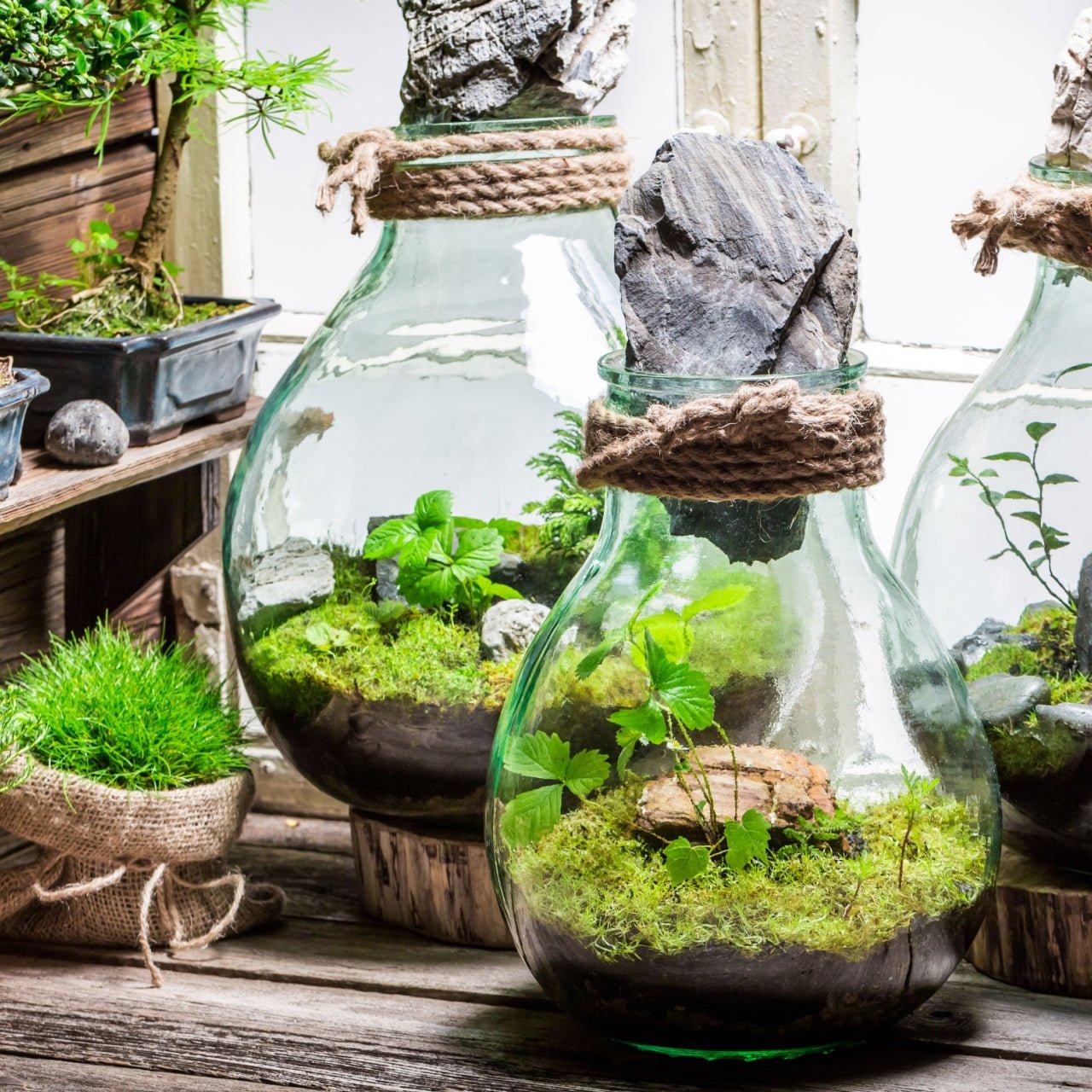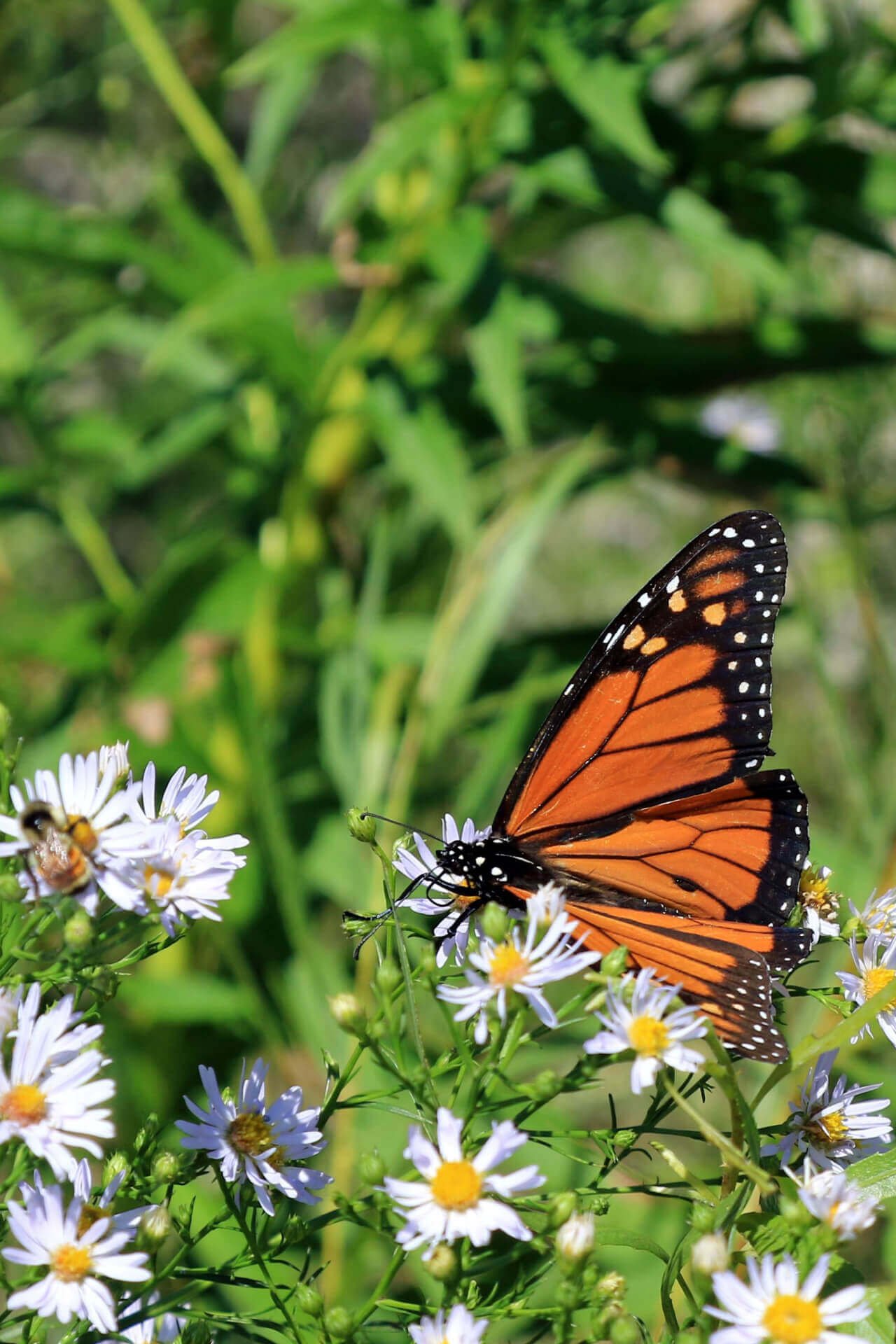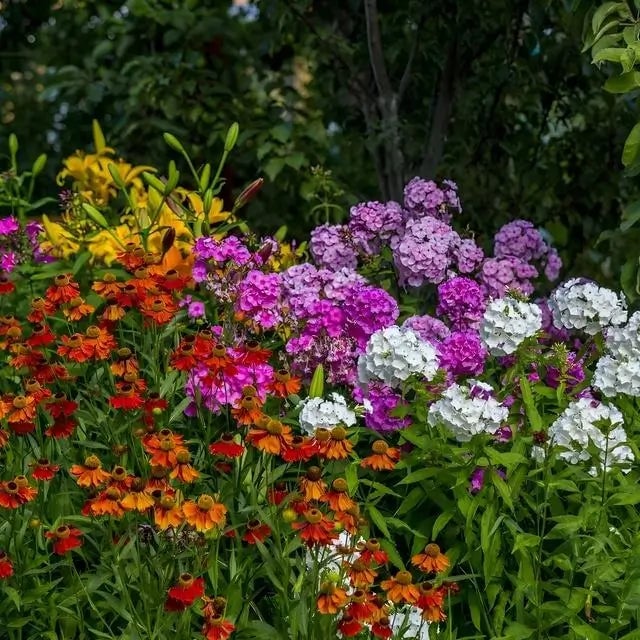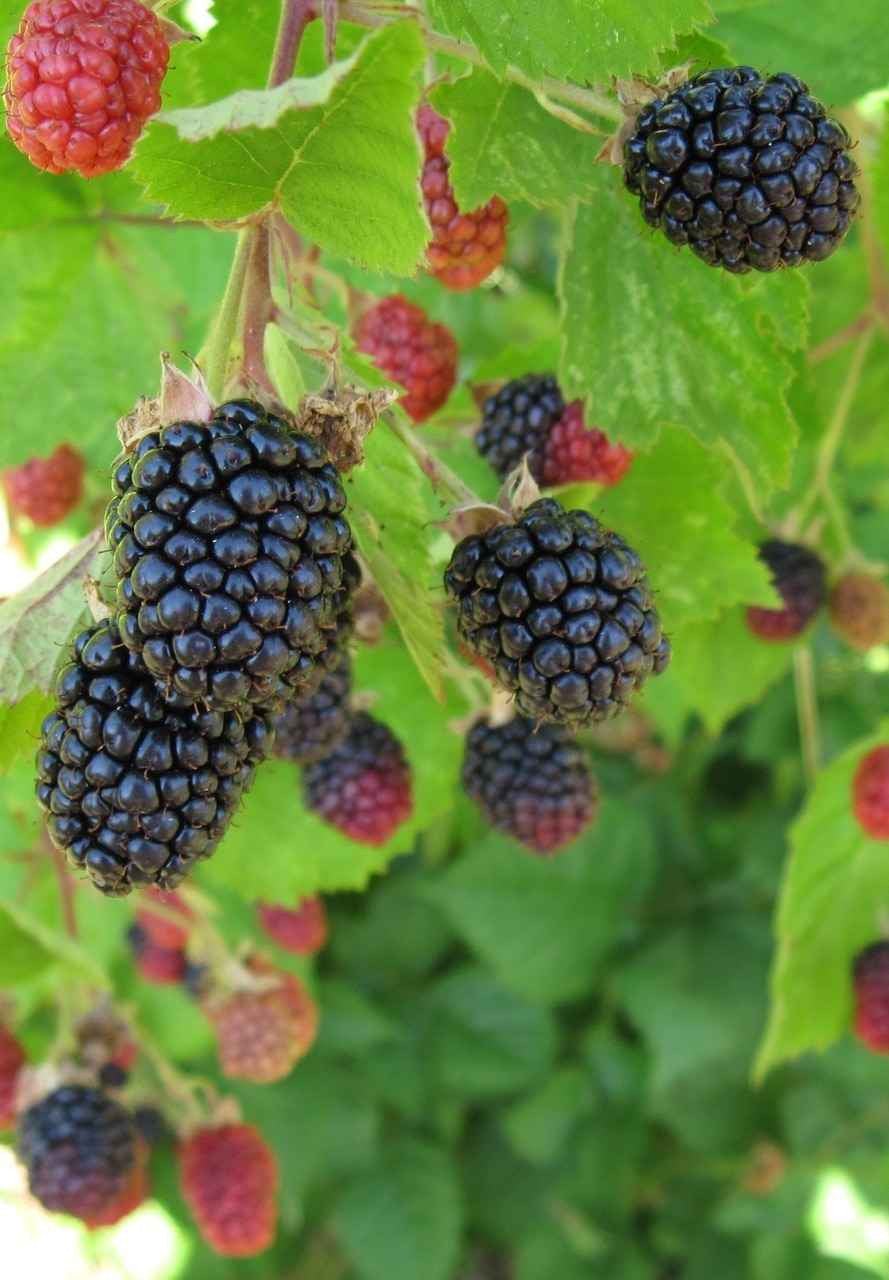

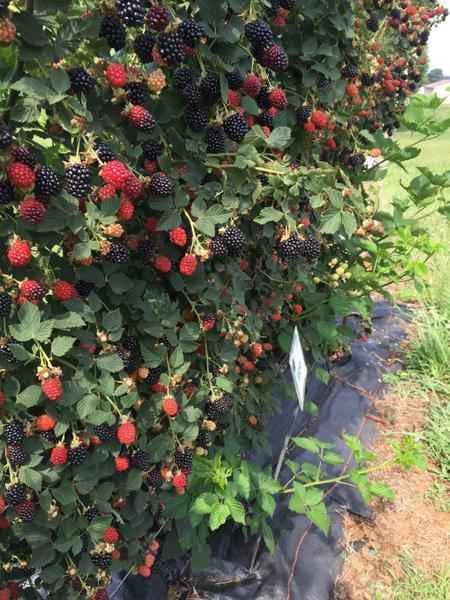

Wild Blackberry Plant
Thrives in Zones 3 - 9
Provides natural privacy and beauty
Low-maintenance and hardy growth
Attracts beneficial pollinators and wildlife
Ships in
November 2025Wild Blackberry Plant - Rubus Ursinus
Wild blackberry bushes are part of the bramble family, which includes roses. Our variety is the wild type that grows in the Tennessee mountains.
Although it’s native to North America, various species of this shrub can be found in South America, Europe, and Asia, growing wild in sunny areas alongside the edges of the woodlines.
How to Identify the Wild Blackberry Plant
The plant is considered a low-growing shrub that can reach a maximum height of five feet. Most bushes are between two and five feet tall, but they can reach widths of up to six feet.
These perennial shrubs are known for their climbing stems that develop hooked spines. The small, deciduous, compound leaves reach lengths of between one and three inches with three leaflets developing together.
The stems contain prickly barbs, making it part of the bramble family of bushes. Depending on the climate where they are planted, these bushes grow white flowers between April and May. In late summer, gardeners can expect these plants to produce berries.
Planting Blackberry Bushes
Gardeners can enjoy planting them in any part of their yard that receives a lot of sunlight. Since they produce long stems or canes, it may be beneficial to include a trellis or something the bush can climb.
What to Plant
These bushes perform well around other flowers and shrubs. You can plant hyssop to create a focal point in your yard and discourage pests. If you want to ensure your yard attracts pollinators, consider planting borage and bee balm around your Rubus Ursinus bushes. Other plants that thrive around dewberry bushes include tansy, hazelnuts, and serviceberries.
Attract Birds and Bees
Berry plants attract all manner of wildlife, who love to forage for pollen, berries, and seeds. Once you plant your Rubus bushes, you can expect to see lots of birds, including kingbirds, woodpigeons, finches, and sterlings.
These bushes also attract bumble bees, butterflies, red foxes, chipmunks and wild turkeys. Rubus bushes are renowned for their foliage, flowers, and berries. Gardeners can enjoy planting them and then watching the birds and bees that enter their yards.
This Is How Your Plants Will Look upon Delivery

Bloom Season
Spring
Bloom/Foliage Color
White
Height at Maturity
Under 10 Feet
Care
Water blackberry plants regularly, ensuring the soil remains moist but not soggy. Use mulch near the bottom to retain moisture and suppress weeds. Prune the plants annually to remove old canes and promote healthy growth. Fertilize with a level of fertilizer in earlier spring.
How to Grow and Care for Fruit Trees and Berry Plants
Fruit trees and berry plants bring beauty, fragrance, and delicious harvests to your garden while supporting pollinators and wildlife. To grow them successfully, choose varieties suited to your USDA zone and plant them in full sun—at least 6–8 hours daily—for the best fruit production. Both fruit trees (like apple, peach, and pear) and berry plants (like blackberry, raspberry, and blueberry) thrive in well-draining, compost-enriched soil.
Plant in early spring or fall, spacing according to the plant’s mature size to ensure proper airflow and sunlight. Water deeply after planting and keep the soil evenly moist during the first growing season. Mulch around the base to conserve moisture, suppress weeds, and regulate temperature, but keep it a few inches away from the trunk or stems.
Prune annually to encourage healthy branching and better yields. Fertilize in early spring with a balanced or fruit-specific blend. With regular care, fruit trees and berry plants reward you with beautiful blooms and sweet, homegrown harvests for years to come.
Shipping date depends on the date displayed and chosen when you order from the product's page.
We do not accept returned plants. If you purchased an extended warranty we do accept claims, please navigate to the warranty page for instructions HERE





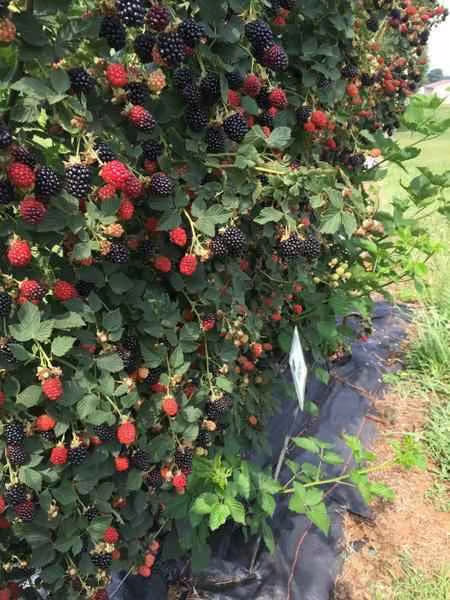
Space Efficient:
Many Blackberry Plants are bred for compact growth, making them suitable for smaller gardens or containers. They provide a productive and attractive option even in limited spaces.
High Yield:
Blackberry Plants produce an abundant crop of berries each season, ensuring you get plenty of fruit for your culinary needs and sharing with friends and family.
Nutritional Benefits:
Packed with vitamins, antioxidants, and dietary fiber, blackberries are a healthy addition to your diet. Growing your own ensures you have a fresh, nutritious snack right at your fingertips.
Seasonal Enjoyment:
Blackberries offer a summer harvest and can be preserved for year-round enjoyment. Savor the taste of summer even during the colder months with homemade preserves.
Header
Use this content to share information about your store and products.
Frequently asked questions
Still have a question? Contact us here.
Yes, we ship all over the world. Shipping costs will apply, and will be added at checkout. We run discounts and promotions all year, so stay tuned for exclusive deals.
It depends on where you are. Orders processed here will take 5-7 business days to arrive. Overseas deliveries can take anywhere from 7-16 days. Delivery details will be provided in your confirmation email.
You can contact us through our contact page! We will be happy to assist you.








